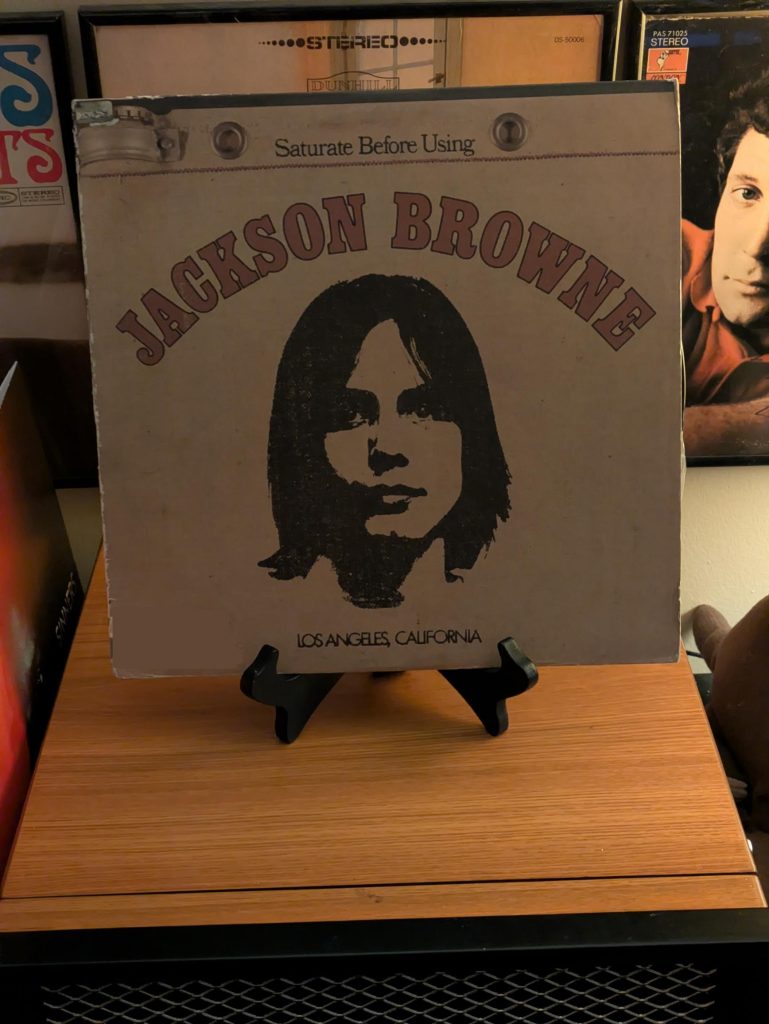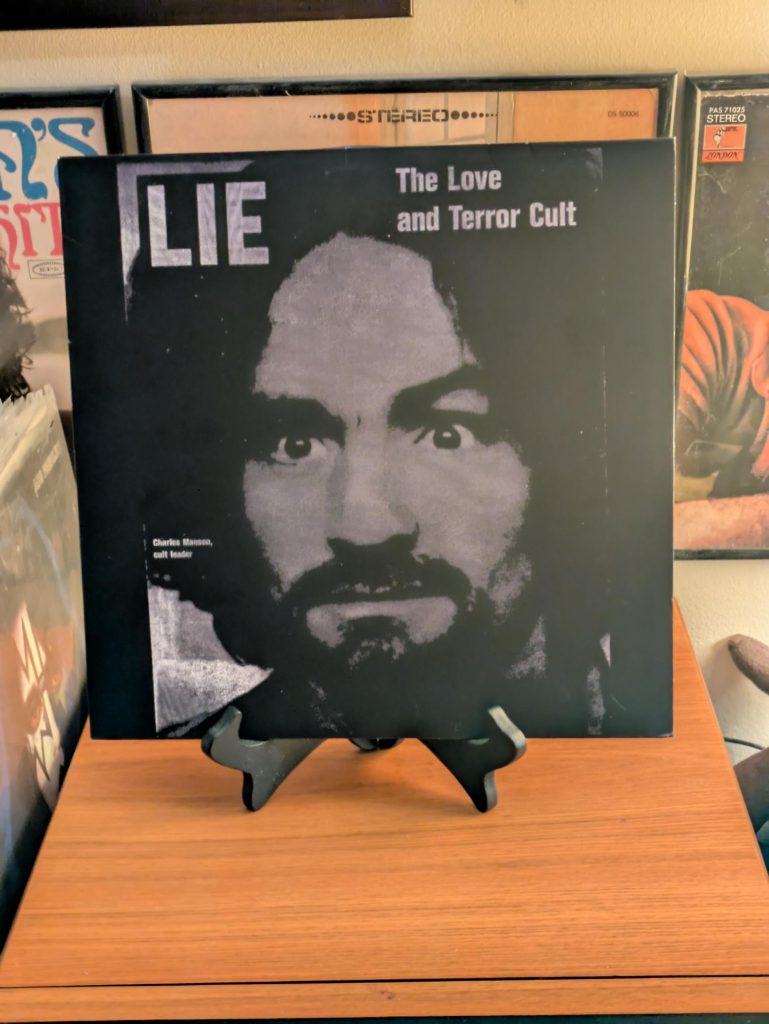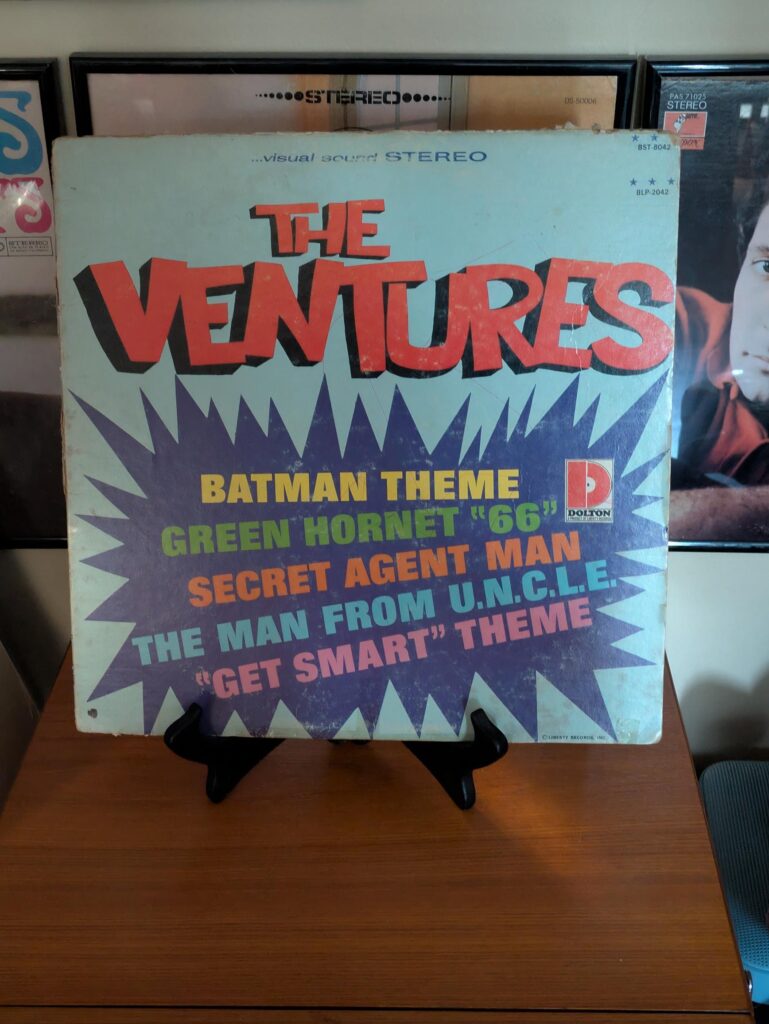- The Monkees – Christmas Party (2018)
On December 25th, 1967 The Monkees performed the 16th Century Spanish vilancico “Riu Chiu” on the Christmas broadcast of their popular TV show, marking the first and only time they sang live on camera during the series, creating a magical moment beloved by fans. For decades to come, through every movement of their careers, The Monkees have released holiday music although none of it has made it into the popular Christmas soundscape. We explore fifty years of Monkees holiday memories, from the mysterious “Riu Chiu,” to their rare 1976 Christmas single “Christmas is My Time of Year,” through their MTV period and finishing on their only official Christmas project, “Christmas Party.” Decade by decade, Monkee fans have always been able to celebrate Christmas with Davy, Mike, Micky and Peter. Extra: Howard Kaylan and The Christmas Spirit, and producer Chip Douglas, the Santa Claus who keeps giving the gift of Monkee music!
- Jackson Browne – Jackson Browne (aka Saturate Before Using) (1972)
In 1971 singer-songwriter Jackson Browne, not yet famous, was in London for a series of concerts and composing music for what would be his debut album when he met a young widow from California named Salli Sachse. After ten days with her, he wrote one of his most beautiful ballads about their fleeting love affair. Through interview excerpts and personal memories, Sam Tweedle pays tribute to the life and career of model, actress, artist and muse Salli Sachse, the woman behind Jackson Browne’s “Something Fine.”
- Hayley Mills – Let’s Get Together with Hayley Mills (1962)
In 1964 actress Hayley Mills’ mother mortified her when she called up a boy she liked and asked him to take her daughter out on a date. That boy was George Harrison. Hayley’s date with “the quiet Beatle” would be her greatest rock n’ roll adventure, but a few years before The Beatles had even cut their first record, Hayley Mills had her own hit on the Billboard Charts, “Let’s Get Together,” which introduced rock music to Disney movies. How Hayley Mills became the unlikely performer who brought rock n’ roll to Disney's big screens, her “dream date” with George Harrison, and a look at Walt Disney Production’s earliest foray into rock n’ roll. Extra: Darlene Gillespie, Annette Funicello, Tommy Sands, The Sherman Brothers and the recording Disney Productions buried so that Hayley Mills could have a hit.
- Charles Manson – Lie: The Love and Terror Cult (1970)
In 1970 rock n’ roll insider Phil Kaufman received a collect call from the state pen. On the other line was career criminal Charles Manson, awaiting trial for the Tate-LaBianca murders, who had one message for Kaufman – “Get my music out.” The result was the creation of Charles Manson’s only studio album, “Lie: The Love and Terror Cult.” The story of Phil Kaufman, and the role he played in the production and release of one of the most notorious albums ever made, and how the recording sessions may have connected to the crimes that made Charles Manson one of the most notorious villains of the 20th Century. Extra: Is Charles Manson’s music actually good, or do critics have difficulty separating the music from the crimes?
- Twin Temple – Twin Temple (Bring You Their Signature Sound…Satanic Doo Wop) (2018) and Twin Temple – God is Dead (2023)
Alexandra and Zachery James may look like a nice normal goth couple down the street, but behind their classic style and good looks are two of the most prolific Satanists in our current society. One of the most interesting and original acts in music today, Twin Temple, is taking the niche genre of “occult rock” and placing it in a different era of rock n’ roll, creating a genre all their own they call “Satanic Doo Wop.” Provocative, fearless and wickedly funny, Twin Temple have shocked Conservative society and caused controversy while preaching their core Satanic values through song – empowerment, inclusion and the freedom of expression. In our current hellscape, are Twin Temple the rock n’ roll anti-heroes we need?
- Various Artists – Nocturna Original Motion Picture Soundtrack (1979)
When is a horror soundtrack a Disco album? When it’s “Nocturna: Granddaughter of Dracula.” In 1979, an unlikely film about the Disco dancing granddaughter of pop culture’s most famous vampire hit theatres and got no attention, but left behind an incredible Disco album featuring tracks by Gloria Gaynor, Vicki Sue Robinson, Moment of Truth and….the guy from the Tokens? Anything is possible in the world of Nocturna! A deep dive into the Disco vampire film you’ve never heard of, the album it spawned, and a love letter to the woman who made it all come together, actress/producer/belly dancer/visionary Nai Bonet. Come on and get down with Nocturna, and boogie until the sun comes up. Extra: Nai Bonet teaches you to do “The Jelly Belly.”






































































































































